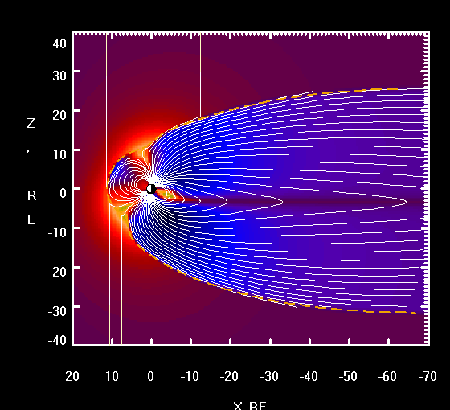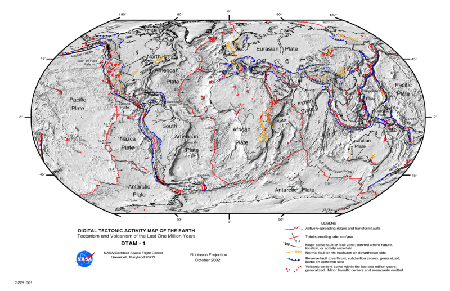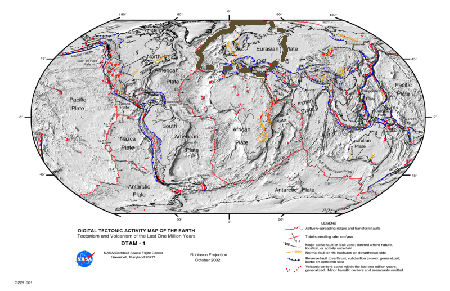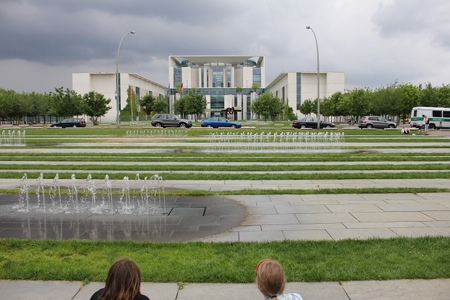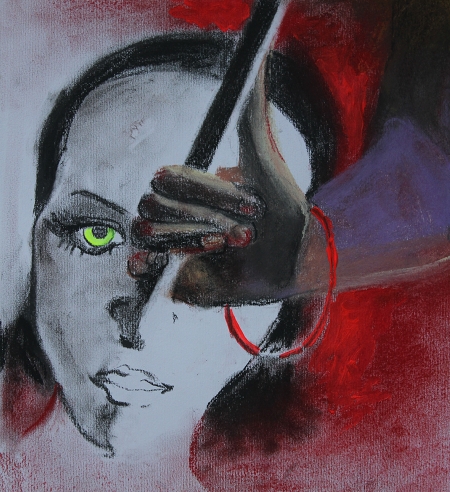
“Wann dreht der Avatar Gardner wieder am Nasenhockeystick?” by artist: Superkockaina; pastel and acryl on paper. Artwork found in Tatoo studio: “Haut hin”.
I am currently trying to gather some data on the size of the games/virtual goods market and in particular the size of the corresponding work force. According to the company superdataresearch the virtual goods market is now at about 15 billion $.
To get a feeling for the size of this market I was looking for some other market sizes so like I found the global market size for the production of drugs in 2003 was somewhat similar in size, namely around 13 billion $ (page 16 in the world drug report):
“The value of the global illicit drug market for the year 2003 was estimated at US$13 bn at the production level, $94 bn at the wholesale level (taking seizures into account), and US$322 bn at the retail level (based on retail prices and taking seizures and other losses into account).”
I couldn’t found though much on the workforce in this market.
Regarding again the games/virtual goods market superdataresearch writes:
APAC is the biggest region with $8.7 billion in total virtual goods sales, with China”s $5.1 billion market leading the pack.
For comparision, the US makes a share of about 3 billion $ according to Tech Crunch/Inside Virtual Goods:
“The overall market for virtual goods in the US is headed towards $2.9 billion for 2012, according to the Inside Virtual Goods report. That’s up from $2.2 billion this year, and $1.6 billion in 2010.”
Here I found as a comparision the US meat market which seems to have a size of about 7 billion dollar.
In the meat market the work force comprises around 44000 people. So if one would make the ad-hoc assumption that the game and the meat markets are approximately equally labour intensive (which is actually an interesting question) then about 20000 people in the US would make their living in the US game market. Likewise worldwide this would give roughly 100000 people.
Any more precise data in this direction is welcome.
update Sept. 23, 2017:
According to a presentation by what looks like a virtual goods trading company called Swapster (the website at www.swapster.com is currently blank) given at open day 2015 at Deutsche Börse Group; Contact person: Alexander Höptner:
“The virtual items market is estimated to surpass $52 billion in 2016, with a CAGR of >6 per cent and a monetisation rate of 2–5 per cent.”
They provide also some more estimations:
“The global games market is estimated to amount to $92.5 billion in 2015, with a year-on-year growth of 9 per cent.”
and
“The number of active gamer accounts
worldwide will amount to 2.4 billion in 2020.”
The presentation lists as Sources: Super Data Research – Virtual Goods Market Size 2014 – 2020E; NEWZOO Study, The Global Games Market 2015 – April 2015
Unfortunately I haven’t found direct links to this data on super data research.
Whatsoever – it seems the estimations of May 2015 for the global games market were according to super data research 74.2 billion US$. The blogs futurelab and serious game market have graphics of how the various segments of the global games super data research market estimations for 2015 look like.

